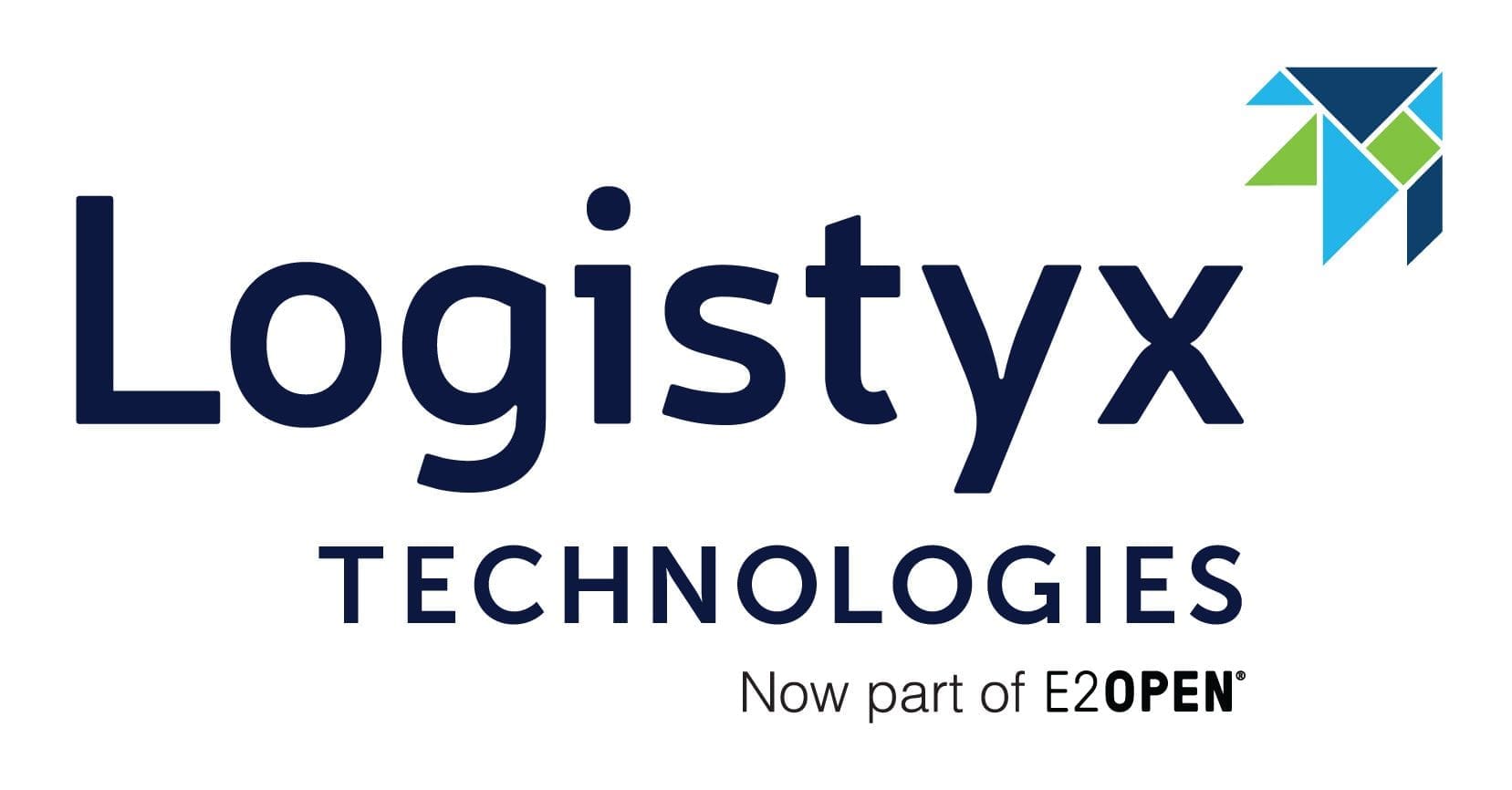 Modern logistics relies on more than trucks, containers, and warehouses. Increasingly, it depends on data, not just from central systems, but from the edges of the operation, where assets move across regions, idle in yards, or sit unattended for days or weeks.
Modern logistics relies on more than trucks, containers, and warehouses. Increasingly, it depends on data, not just from central systems, but from the edges of the operation, where assets move across regions, idle in yards, or sit unattended for days or weeks.
In this environment, LoRaWAN has quietly become one of the most practical technologies for remote asset monitoring. It doesn’t promise speed or bandwidth. What it offers is reach, efficiency, and cost-effectiveness, three things that traditional wireless networks often struggle to deliver at scale.
A Brief History of LoRaWAN
The technology behind LoRaWAN traces back to Cycleo, a French startup that developed a low-power, wide-area modulation method called LoRa (short for “long range”) in 2009. Semtech Corporation acquired Cycleo in 2012 and began commercializing LoRa chips for embedded devices.
In 2015, the LoRa Alliance was formed, a nonprofit consortium of technology firms, telecom providers, and industrial players aimed at standardizing a global protocol for IoT applications. That standard became LoRaWAN, an open, low-power wide-area network (LPWAN) protocol layered on top of LoRa radio.
Since then, LoRaWAN has been deployed in agriculture, utilities, smart cities, and increasingly in logistics, where the combination of long-range transmission and multi-year battery life solves a persistent problem: how to get reliable data from remote or mobile assets without expensive infrastructure.
Why It Fits Logistics
In the logistics sector, the use cases for LoRaWAN tend to share three characteristics:
- Remote or mobile assets with limited power availability
- Sparse or intermittent data transmission needs
- Wide-area coverage requirements, often beyond the range of Wi-Fi or BLE
Traditional cellular solutions can handle these requirements, but at a higher cost and energy footprint. LoRaWAN hits a different sweet spot.
Use Cases in Logistics
Yard and Trailer Monitoring
Logistics yards often span large areas, where assets like trailers, chassis, and containers are moved, dropped, and sometimes forgotten. LoRaWAN sensors can report:
- Trailer occupancy and movement
- Dwell time tracking
- Temperature or door status for refrigerated units
With minimal infrastructure, yards can be brought into the data stream, closing the visibility gap between inbound and outbound systems.
In-Transit Monitoring
For over-the-road shipments, small battery-powered LoRaWAN trackers can transmit periodic location and environmental data to roadside or facility-based gateways, offering visibility without relying on expensive satellite or cellular connectivity.
This is particularly useful in:
- Cold chain logistics
- Pharmaceutical and food transport
- Returnable packaging units (pallets, bins)
Facility Infrastructure
Inside large distribution centers, LoRaWAN can support:
- Predictive maintenance alerts
- Battery status of material handling equipment
- Environmental condition sensing (humidity, airflow, ambient temperature)
These sensors can run for years without needing replacement, supporting lean operational budgets.
Key Advantages
LoRaWAN’s strength lies in its ability to connect hard-to-reach, power-constrained assets with minimal overhead.
- Long Range
- Gateways can capture signals from 5–10 kilometers in open environments, or hundreds of meters indoors, ideal for yards, ports, and regional depots.
- Low Power
- Devices can operate for 5–10 years on a single battery, depending on transmission frequency and payload size.
- Low Cost
- Compared to cellular, LoRaWAN sensors and service costs are significantly lower, especially when scaled across thousands of units.
- Unlicensed Spectrum
- LoRaWAN operates on ISM bands, avoiding the licensing costs and dependencies associated with mobile networks.
Limitations to Consider
LoRaWAN is well-suited to non-time-sensitive, low-bandwidth applications, but it’s not without trade-offs:
- Latency and throughput are limited; it’s not appropriate for video, voice, or high-frequency sensor streaming.
- Network coverage can vary; in areas without public gateways, companies may need to deploy their own.
- Security is solid but requires diligence in implementation, end-to-end encryption is available but not always enforced by default.
The technology works best when it’s matched to the job, not as a blanket replacement for cellular or Wi-Fi, but as a complementary layer.
Private vs. Public Networks
LoRaWAN can be deployed in two ways:
- Private networks: Companies install their own gateways and manage data routing through local or cloud-based servers.
- Public networks: Providers offer shared LoRaWAN infrastructure, common in Europe and growing in North America.
For logistics operators with large footprints, such as national distribution networks or port authorities, private deployments are common, offering more control and data ownership.
Integration with Logistics Platforms
LoRaWAN works best when its data flows seamlessly into operational tools. Typical integrations include:
- WMS and TMS systems for asset tracking and alerts
- Condition monitoring dashboards for cold chain and pharmaceuticals
- AI-powered analytics for dwell time, routing inefficiencies, and equipment uptime
The value isn’t just in collecting data, it’s in interpreting and acting on it. That’s where middleware platforms and device management tools come in, turning raw sensor data into usable insights.
A Role in Sustainable Logistics
As logistics firms look to reduce carbon emissions and material waste, LoRaWAN supports sustainability goals in subtle but important ways:
- Fewer lost assets means fewer replacements
- Condition-based maintenance reduces unnecessary repairs and extends equipment life
- Energy-efficient sensors avoid the heavy battery demands of cellular alternatives
In a field where sustainability often comes with cost, LoRaWAN offers efficiency that aligns naturally with environmental objectives.
Summing Up
LoRaWAN isn’t new, and it isn’t flashy, but it’s proving effective in places where more complex technologies either don’t fit or don’t scale.
In the logistics sector, its influence is showing up in quiet, granular improvements: reducing asset loss, improving yard operations, enabling predictive maintenance, and delivering just enough data to make informed decisions, without overwhelming systems or budgets.
As logistics networks stretch further and the cost of blind spots grows, technologies like LoRaWAN will continue to serve a practical role, not by doing everything, but by doing the right things simply and well.
















